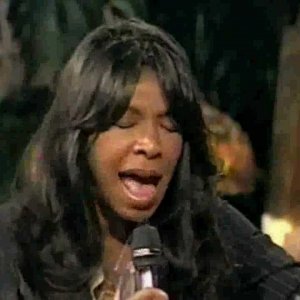
The Almost Forgotten Selma March
On the anniversary earlier this month, the crowd included elderly veterans of the ’65 march, 100 members of the U.S. Congress, former President George W. Bush and his wife, Laura, and the current president of the United States and his family.
The celebration, known officially as the Annual Bridge Crossing Jubilee, commemorated not just Bloody Sunday but the aborted march two days later and the final successful trek (March 21-25) that brought the marchers, numbering 25,000, to Montgomery, the home of arch-segregationist George C. Wallace. Civil Rights activists hoped to present the governor with a list of grievances, the greatest of which was the denial of the right to vote.
Fifty years ago, that five day march from Selma to Montgomery was not widely celebrated but denigrated by a number of distinguished Americans. Former President Harry S. Truman, who had urged Congress to adopt a civil rights program 17 years earlier, called the march “silly.”
The final successful march from Selma to Montgomery was neither “silly” nor irrelevant. First, it kept a promise to the people of Marion, Alabama, who had suffered a vicious beating by Alabama state troopers and the death of Jimmie Lee Jackson, shot by a state trooper during the riot on February 18, 1965. At first, activists wanted to carry Jackson’s coffin to Montgomery and place it on the steps of George Wallace’s State House. From that desire evolved the eventual plan to march from Selma to Montgomery.
...While the final, successful march lacks the drama of the first, it too deserves to be remembered now that the television cameras and newsmen and women have departed.






